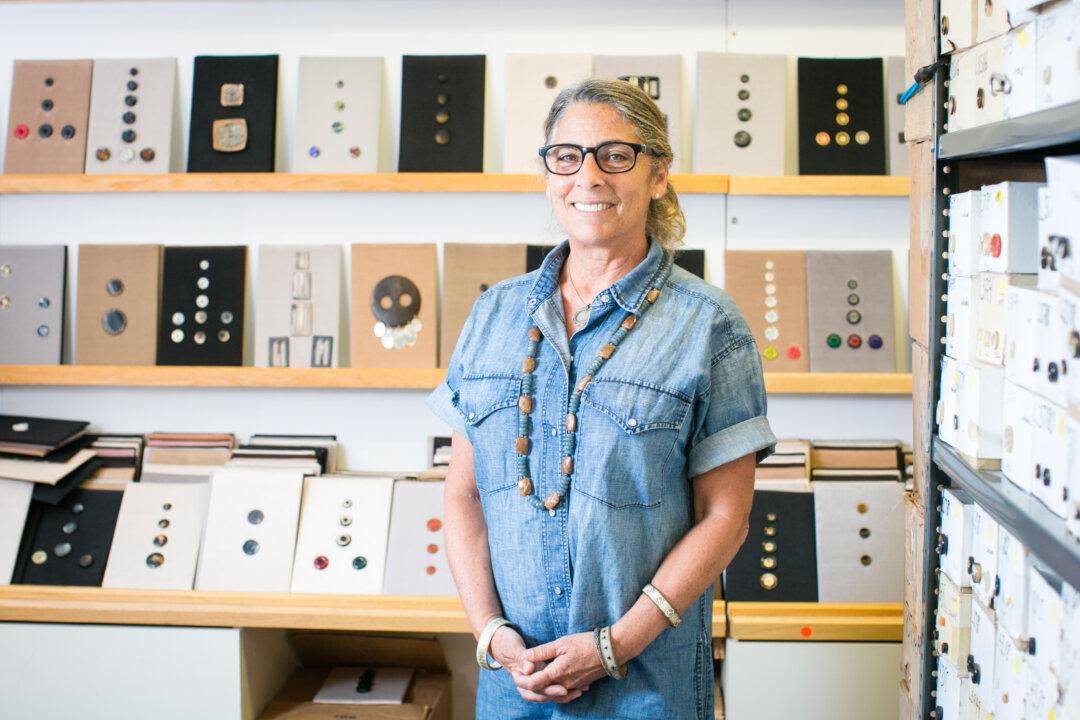Whether it be actress Hillary Swank, sportswoman Venessa Williams, or actress Christine Baranski from the TV series “The Good Wife,” the women who wear PONO show the jewelry’s appeal is wide, and not for the demure. The source of the arresting jewelry is New York-based designer Joan Goodman.
Goodman seems to see more colors than the average person, she said in a recent interview in her Midtown studio, adding that this can be frustrating for those around her when she tries to get her ideas across. But if there is frustration, it is still a kind of endearing exchange, given that Goodman is a gentle soul in the fullest sense of the expression.

Havana Buckle Resin Bracelet in Earth. Courtesy of Tom Haynes Studio/PONO




